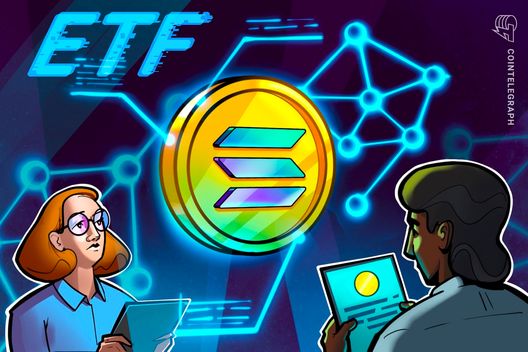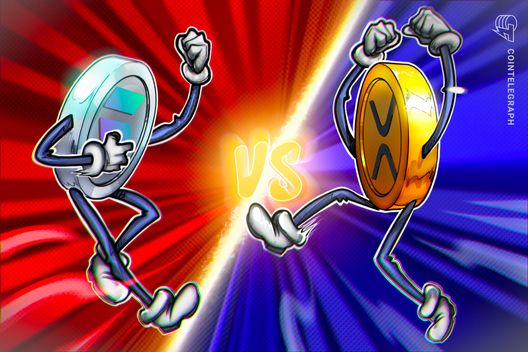In a notable update from the cryptocurrency world, Hunter Horsley has highlighted an emerging competitive edge for Solana in the rapidly evolving staking ETF landscape. As US regulators gear up for critical decisions this October, Horsley emphasizes that Solana’s unique approach to unstaking duration could offer it a strategic advantage over Ethereum, a major player in the market.
The staking mechanism, which allows investors to earn rewards by locking up their crypto assets, has become a focal point for potential exchange-traded funds (ETFs). Horsley’s comments shed light on how Solana’s shorter unstaking period could appeal to investors looking for flexibility and reduced lock-in times.
“Solana’s streamlined unstaking process positions it well as the regulatory landscape unfolds,” said Horsley.
As discussions surrounding staking ETFs heat up, the distinctions between different blockchain platforms are becoming increasingly significant. With regulators poised to make important announcements, the industry is closely watching how these developments will impact the future of staking and investment in cryptocurrency.
Solana vs. Ethereum: The Staking ETF Race
Key points from Hunter Horsley’s insights on the competitive landscape of staking ETFs.
- Shorter Unstaking Period: Solana offers a shorter unstaking period compared to Ethereum.
- Regulatory Decisions: US regulators are preparing to make key decisions in October regarding staking ETFs.
- Market Advantage: The shorter unstaking period may provide Solana a competitive edge in attracting investors.
- Impact on Investors: Faster access to funds can influence investment strategies and risk appetite for potential ETF investors.
- Focus on Efficiency: Solana’s model promotes efficiency in the staking process, which could lead to higher adoption rates.
Solana vs. Ethereum: The Staking ETF Showdown
In the rapidly evolving world of cryptocurrency, news surrounding staking ETFs has reached a fever pitch, particularly with Hunter Horsley highlighting Solana’s strategic edge thanks to its shorter unstaking period compared to Ethereum. As US regulators gear up for crucial decisions this October, the dynamics between these two platforms could reshape the market landscape.
Competitive Advantages: Solana’s reduced unstaking timeframe positions it as a more flexible option for investors seeking liquidity. This might attract those wary of the longer commitment typical of Ethereum, effectively appealing to a demographic that values agility in their staking strategies. Additionally, Solana’s transaction efficiency and lower fees may serve to entice institutional investors who are increasingly favoring options that promise both security and cost-effectiveness.
Competitive Disadvantages: However, Ethereum’s established reputation and larger market share may still give it an edge in attracting traditional investors who prioritize reliability and brand recognition. The network’s extensive development community also lends credibility to Ethereum, insulating it somewhat from concerns surrounding scalability and speed that newer entrants like Solana might face.
For investors looking to capitalize on staking ETFs, the decision may boil down to risk tolerance. Solana could benefit those seeking higher returns with potentially lower capital outlay and greater adaptability, whereas Ethereum might be more appealing for those who prefer the assurance of a time-tested platform. Conversely, the rivalry created by these advantages risks fragmentation in the market and might confuse potential investors, making the choice between platforms even more daunting in the lead-up to October’s regulatory developments.

















